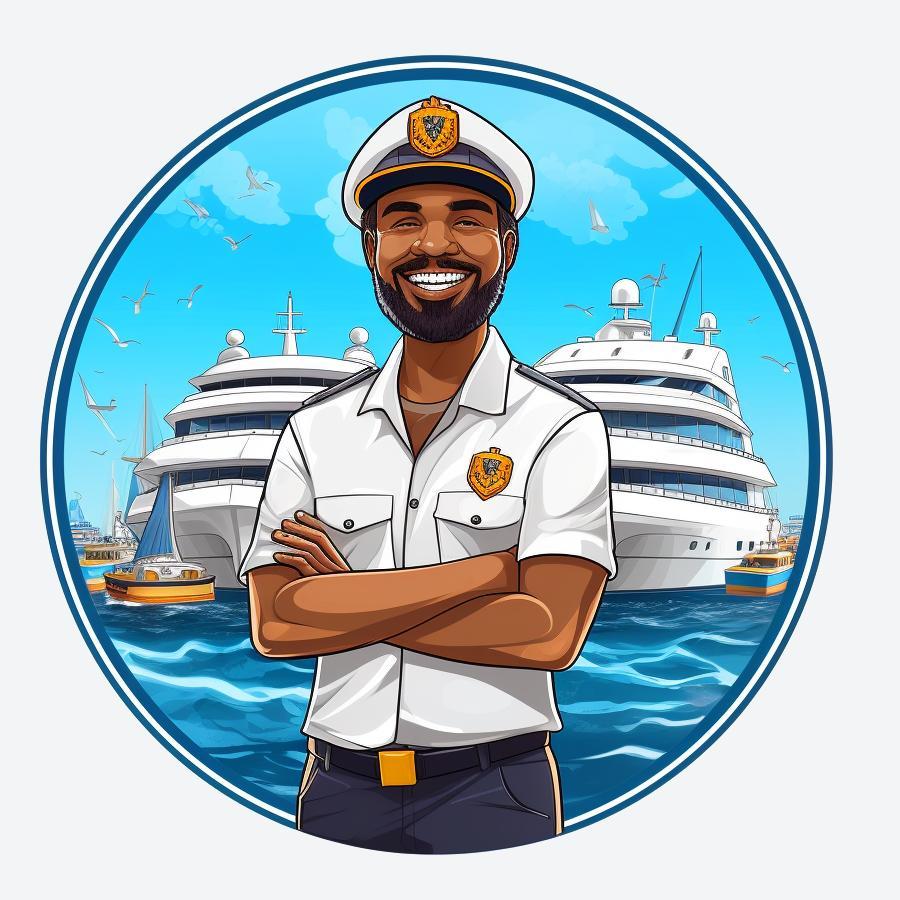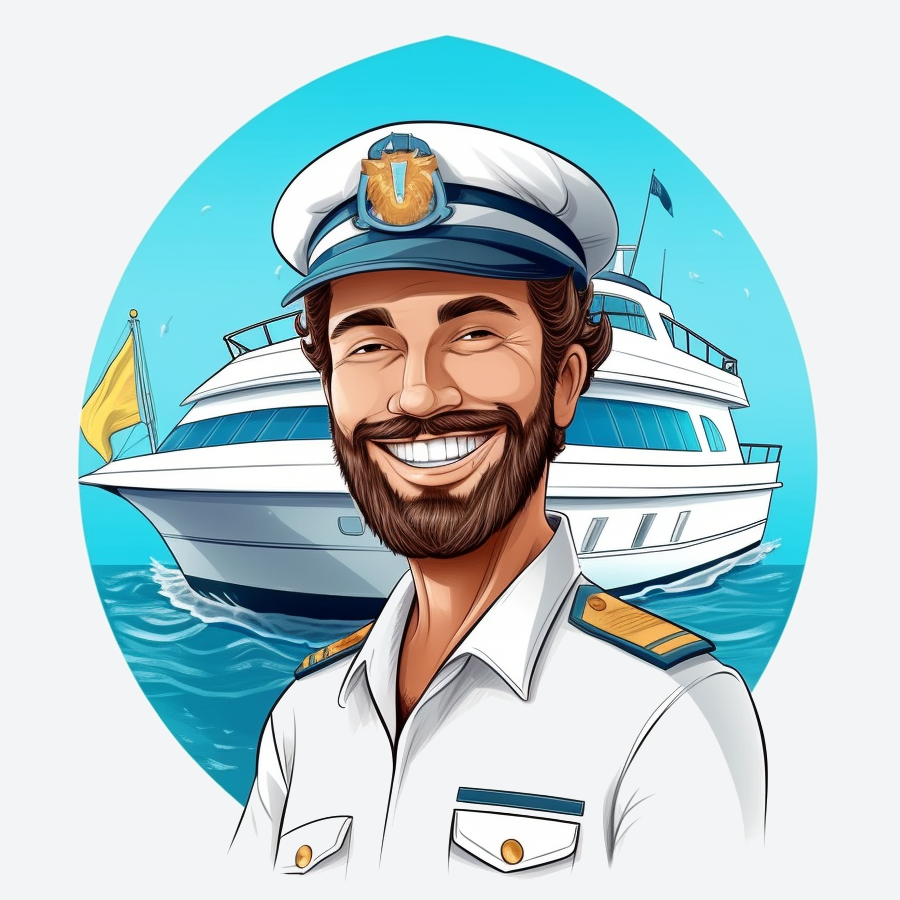


If you want to succeed in today's competitive online landscape, it's crucial to create content that resonates with your target audience and helps you stand out from the crowd. But how can you ensure that your content is discoverable and visible to the people who matter most – your potential customers? That's where the semantic core and keyword research come in. By identifying the words and phrases that your target audience is searching for, you can create content that is optimized for search engines and designed to meet their needs. By using the logical connection between your semantic core and keywords, you can develop a content strategy that helps you attract and retain customers, build brand awareness, and grow your business online. So, don't miss out on this opportunity – start using the power of semantic core and keywords to create content that helps you achieve your business goals today!
Before you start to create your content by using the right keywords and phrases, please do remember (!) :
The semantic core refers to the set of words or phrases that are the most important and relevant to the content of a piece of text. In the context of search engine optimization (SEO), the semantic core of a website or webpage is the group of keywords and phrases that are used to describe the main topics and themes of the content.
Developing a strong semantic core is important for SEO because it helps search engines understand the relevance and significance of the content on a webpage. By including relevant keywords and phrases in the content, meta tags, and other on-page elements, website owners can improve their chances of ranking higher in search engine results pages (SERPs) for queries related to their business or industry.
The semantic core of ships and ferries typically includes the following concepts:
Ships: A ship is a large, seagoing vessel designed for the transportation of cargo or passengers.
Ferries: A ferry is a type of ship that transports passengers, vehicles, or cargo across a body of water.
Types of ships: There are many different types of ships, including cargo ships, container ships, oil tankers, passenger ships, and more.
Types of ferries: There are also many different types of ferries, such as car ferries, passenger ferries, and high-speed ferries.
Shipbuilding: Shipbuilding is the process of designing and constructing ships, which can involve a wide range of materials and technologies.
Navigation: Navigation is the process of controlling the movement of a ship, including determining the ship's position, speed, and direction.
Safety: Safety is a critical concern in the operation of ships and ferries, and includes measures such as lifeboats, emergency equipment, and training for crew members.
Ports: Ports are the locations where ships and ferries dock to load and unload cargo and passengers.
Shipping routes: Shipping routes are the established paths that ship follow to transport goods or people between ports.
Cargo and freight: Ships and ferries transport a wide range of cargo and freight, including containers, bulk commodities, and vehicles.
Passengers: Ships and ferries also transport passengers, either on short trips or long voyages.
Crew members: Crew members are the individuals who operate and maintain ships and ferries, including captains, engineers, and deckhands.
Regulations: The operation of ships and ferries is subject to a wide range of regulations, including international maritime laws, safety standards, and environmental regulations.
Technology: Technology plays an increasingly important role in the operation of ships and ferries, including navigation systems, communications equipment, and automated control systems.
Sustainability: There is growing concern about the environmental impact of shipping, and efforts are being made to improve the sustainability of ships and ferries through the use of alternative fuels and other technologies.
Here are some keywords that are commonly associated with ships and ferries:
Ships
Ferries
Cargo
Freight
Passenger transport
Navigation
Safety
Ports
Shipping routes
Crew members
Regulations
Shipbuilding
Vessels
Maritime industry
Shipping companies
Port authorities
Cargo handling
Ferry terminals
Passenger terminals
Scheduling and logistics
Marine technology
Navigation systems
Environmental sustainability
Alternative fuels
Emergency procedures
The semantic core of yachts and boats typically includes the following concepts:
Vessels: Yachts and boats are both types of vessels used for leisure or commercial purposes.
Types of boats: There are many different types of boats, including sailboats, motorboats, fishing boats, and speedboats, each designed for specific purposes.
Types of yachts: Yachts can range from small, day-use vessels to large luxury boats used for extended cruising.
Navigation: Navigation is a critical aspect of boating and yachting, and includes the use of charts, GPS systems, and other navigation tools.
Safety: Safety is a top concern in boating and yachting, and includes measures such as life jackets, safety equipment, and compliance with regulations.
Maintenance: Regular maintenance is essential for keeping yachts and boats in good condition and ensuring safe operation.
Crew members: Many yachts and larger boats require a crew to operate, which can include captains, deckhands, engineers, and other specialized personnel.
Chartering: Yachts and boats can be chartered for private use or commercial purposes.
Destination: Yachting and boating often involve travel to various destinations, including ports, marinas, and remote anchorages.
Activities: Boating and yachting activities can include fishing, watersports, exploring, and socializing with other boaters.
Amenities: Yachts and some larger boats can have a range of amenities, such as kitchens, bathrooms, and sleeping quarters.
Ownership: Yachts and boats can be owned by individuals, corporations, or other entities, and require registration and compliance with various laws and regulations.
Industry: Yachting and boating are part of the larger marine industry, which includes boat building, repair, and maintenance services.
Environmental sustainability: Efforts are being made to promote sustainable boating practices and reduce the environmental impact of yachts and boats.
Weather: Weather conditions can have a significant impact on boating and yachting, and must be carefully considered in trip planning and decision-making.
Here are some keywords commonly associated with yachts and boats:
Vessels
Types of boats
Types of yachts
Navigation
Safety
Maintenance
Crew members
Chartering
Destination
Activities
Amenities
Ownership
Industry
Environmental sustainability
Weather
Hull
Deck
Cabin
Sails
Propulsion
Engines
Anchoring
Mooring
Marinas
Ports
By incorporating carefully chosen keywords into your business profile in our catalog, you can significantly improve your search rankings and attract more relevant leads. Think of these keywords as your secret weapon for reaching the right customers at the right time.
Unlock the true potential of your business with Mapolist – where strategic keywords and success go hand in hand. Sign up now and let the world find you!

We use cookies
We use cookies and other tracking technologies to improve your browsing experience on our website, to show you personalized content and targeted ads, to analyze our website traffic, and to understand where our visitors are coming from. Privacy Policy.